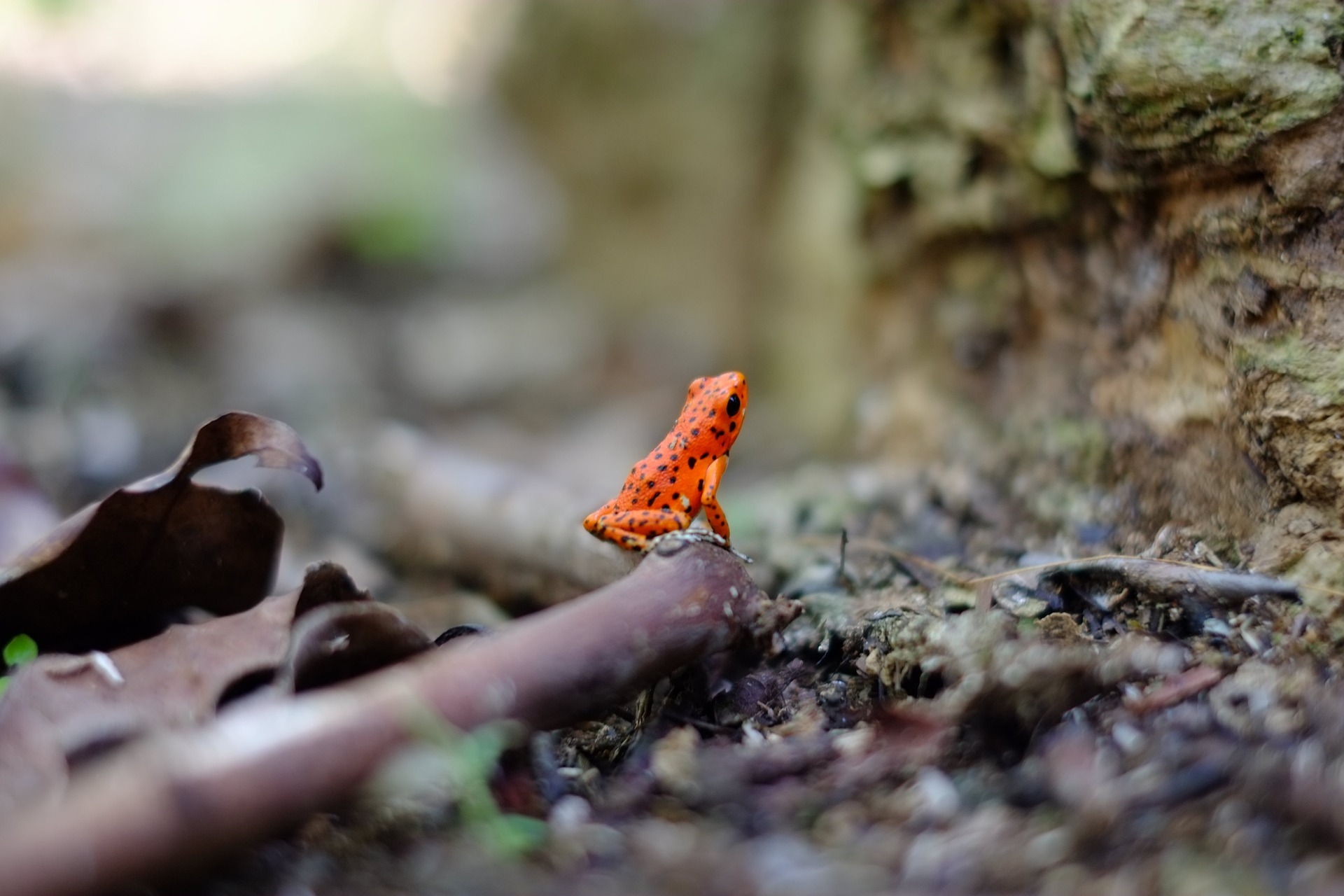The Impact of Urbanization on Wildlife: Creating Safe Spaces for Animals in Your Backyard
In the era of rapid urbanization, the boundaries between wild and urban spaces are blurring. With sprawling concrete jungles taking over, wildlife is seeking refuge in our backyards. This article explores how homeowners can create safe spaces for wildlife, aiding in their survival and contributing to biodiversity.
The Urban-Wildlife Interface: A New Reality
The encroachment of urban development on natural habitats is not a new phenomenon. However, the accelerated pace of urbanization in recent decades has made wildlife adaptation crucial for survival. Animals like raccoons, squirrels, possums, foxes, and a variety of birds have become regular visitors in urban backyards, a testament to their resilience.
The Importance of Backyard Habitats
Urban backyards can serve as mini-habitats, providing essential resources for wildlife. They can offer food, water, shelter, and breeding grounds, all crucial for wildlife survival. By making our backyards wildlife-friendly, we can contribute to the conservation of many species, and help maintain local biodiversity.
Creating a Wildlife-Friendly Backyard
There are various steps homeowners can take to make their backyards more inviting for wildlife. Planting native plants, creating a water source, providing shelters, and limiting pesticide use can all cater to the needs of different species. Bird feeders, bat boxes, and bee hotels can also be installed to provide additional support.
The Role of Urban Wildlife in Ecosystems
Urban wildlife plays a crucial role in maintaining healthy ecosystems. They help in pollination, pest control, and seed dispersal. Furthermore, the presence of wildlife in urban areas offers opportunities for scientific study and promotes environmental awareness among city dwellers.
Balancing Wildlife Welfare with Human Concerns
While promoting wildlife in urban settings is beneficial, it’s essential to strike a balance between animal welfare and human concerns. Some wildlife may pose risks to pets or humans, or cause property damage. Therefore, it’s necessary to manage wildlife interactions responsibly and humanely.
Useful Tips and Facts:
- Native plants attract native wildlife and are easier to maintain as they are adapted to local conditions.
- Birdhouses, bat boxes, and butterfly gardens can enhance biodiversity in your backyard.
- Pesticides can harm beneficial insects and other wildlife, consider using natural alternatives.
- Regularly clean bird feeders and baths to prevent disease transmission among birds.
- Be aware of local wildlife laws before attempting to aid injured or orphaned animals.
In conclusion, our backyards can play a significant role in supporting urban wildlife. While the challenges of urbanization are undeniable, small actions can make a significant difference. By creating safe, inviting spaces for wildlife in our backyards, we can contribute to their survival, support biodiversity, and enjoy the benefits of cohabitation with these fascinating creatures.





